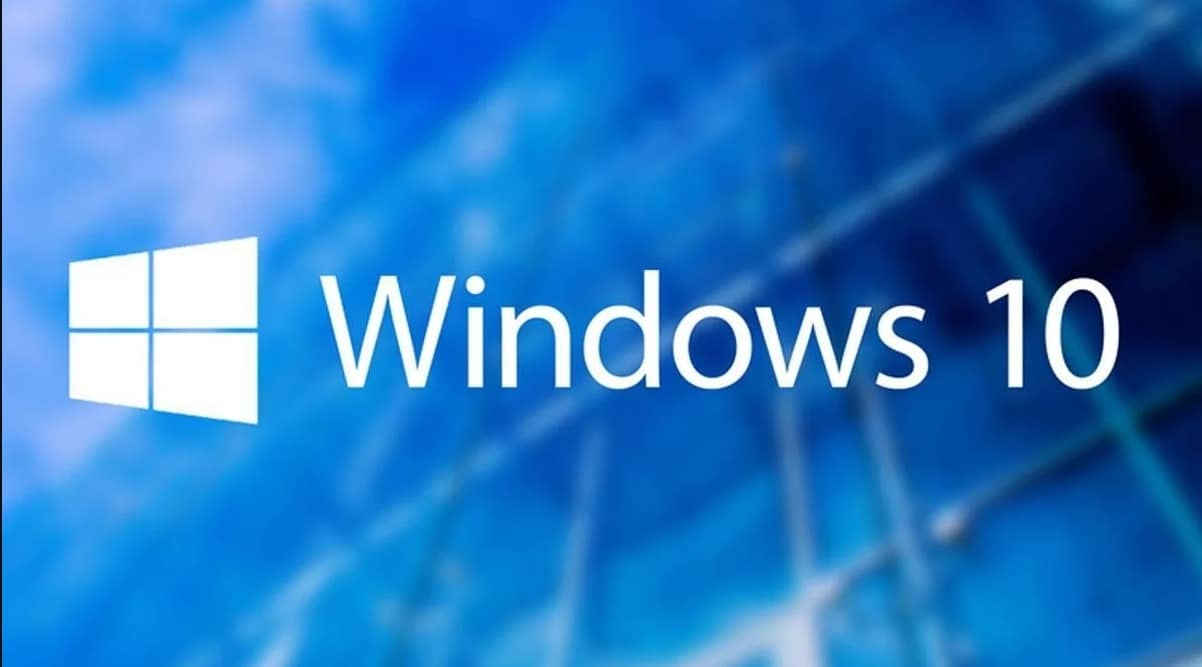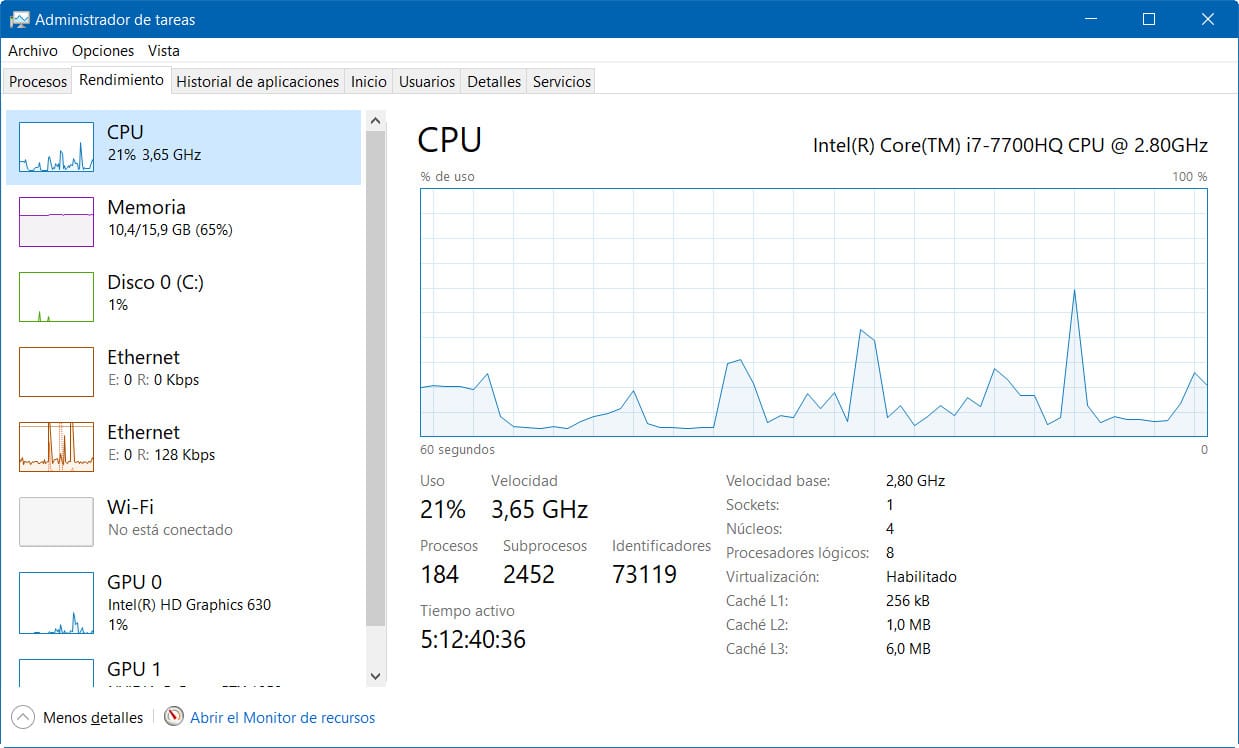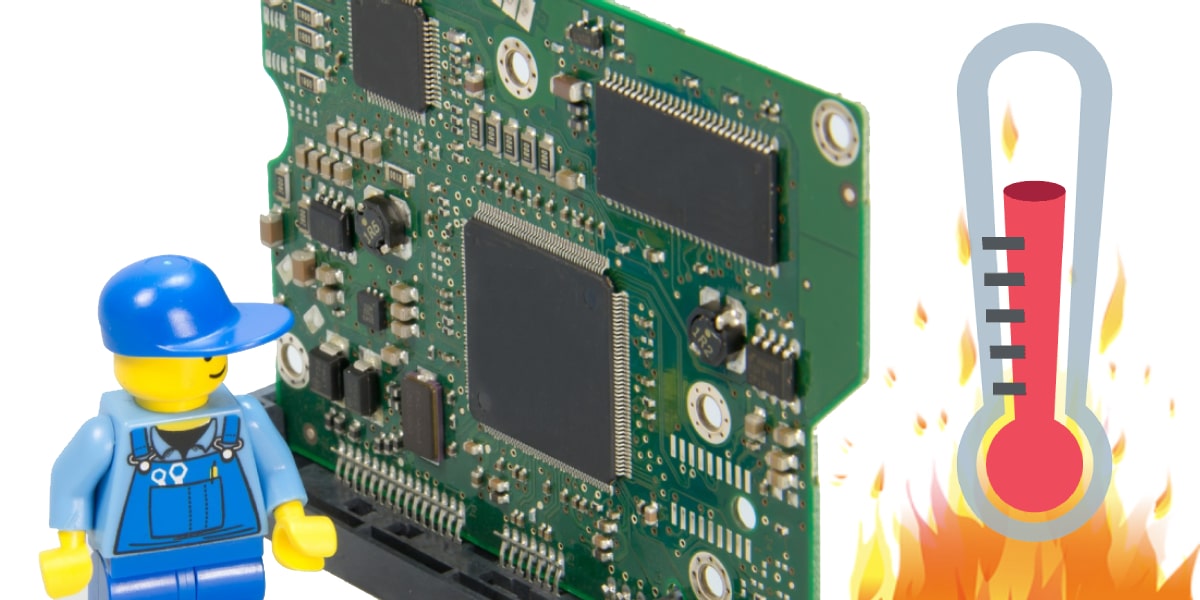
There are times when we are interested in knowing and understanding how long does the computer spend on and for that Windows offers us different ways to do it. You may be interested in learning about it for pc control issues, the electricity bill or even because you think the pc spends a lot of time on and you think it should rest more. We all need a break from time to time, right?

Do not worry about anything because all this is something that we can know if we know the ways that exist to find out how long the computer has been on. Thanks to all this information that we are going to collect in some logs we are going to know lots of data about everything that happens on the pc. Unfortunately in Windows it is not as simple as in Linux but in a very short time you will have these methods ready to apply from now on. You will not be left without knowing how long the computer is on anymore.
How to know how long the computer has been on?
We go there with the different methods to know how long you have the computer on:
Method 1: Use the task manager

The first of the ways that you are going to know is the one that will take you to your goal more quickly and easily. So that you do not take many detours from the first moment. To be able to do it, you will have to go very close. You will only have to enter the Windows 10 task manager. To be able to open it you will not have to do more than press the keys control + shift + exhaust without releasing them at any time. At that moment a window will open and you will see different options.
Now you just have to go to the performance tab and you will see everything clear. What you are going to see is a lot of data but at the bottom you can check the active time of the PC.
Method 2: Ethernet Status
Another method is that from the moment you turn on the PC you connect it to the Internet. In this way we can search for network connection data with this method. This works thanks to your network card so you can already thank it if you use the method to get the data.
To be able to perform this little trick you will have to go to control panel and there enter networks and internet and finally in the center of networks and shared resources. Once you are there you will have to click on our network which may be ethernet or Wi Fi, it depends on what you have at home. Now you will see in that window the duration of the connection. That is to say, from the first moment the pc is turned on and connects to the network. Or what is the same, now you will know with this method how long the computer is on.
Method 3: Use CMD and Power Shell

Once again the Windows console comes into play, that is, the CMD. In addition to it, we can also use the tool (which will not sound like anything to you and is normal) System Information to be able to get the data of the time on. You just have to run in a CMD window (You could do it from Cortana itself) giving it administrator permissions and after that, entering the specific command that we will leave you now, you will be able to see the time when you turned on your computer. It was also not that difficult and seemed complicated speaking of Windows console and CMD.
El command that you will have to enter is the following:
- systeminfo | find "System boot time"
On the contrary, if you want to use Power Shell you will have to open the console again with the administrator permissions, as you did in the previous step and you will have to enter the next command to run:
- (get-date) - (gcim Win32_OperatingSystem) .LastBootUpTime
Now you are going to see a lot of information. Usually on a blue screen of white letters. All the information may appear in different formats but nothing happens. All this will allow us to know how long the computer has been on without shutting down or restarting. It is very simple and if you look at what it says to the left you will see that it is counting all the time in many different units. In fact, it gives you the information in a total of milliseconds. Would you like to know how long the computer has not been turned off in milliseconds? There you have it.
Method 4: Turned On Times View
This is another method but already based on an external tool that you will have to search and download. Turned On times View is a very simple tool that will allow you to know all the history of turning on and off your computer has. We have left it for the end since as we tell you it is something external to the PC and we do not believe that it is necessary to have the console, the network card and our friend the great task manager and all his information.
In any case and as advice, if you are looking for this because your personal computer has not restarted or shut down for a long timee we recommend that you do it as soon as possible. What's more, we imagine that at this point you have Windows 10 installed as an operating system, since we already tell you that it is something that comes in handy for the system. In fact, it takes advantage of many of those reboots to install good (and sometimes not so good) system updates.

In addition to the latter also you are going to completely free up the resources of the PC, lower the temperature and you will reload all those resources and files so that the PC works better for the next few hours. Or have you never heard that a reboot sometimes fixes everything?
We hope that this article has been helpful and that at this point in the post you have already managed to know how long your pc has been on and without turning off or restarting. For any questions you can use the comment box. We also accept any suggestions to improve the article. See you in the next Mobile Forum article.